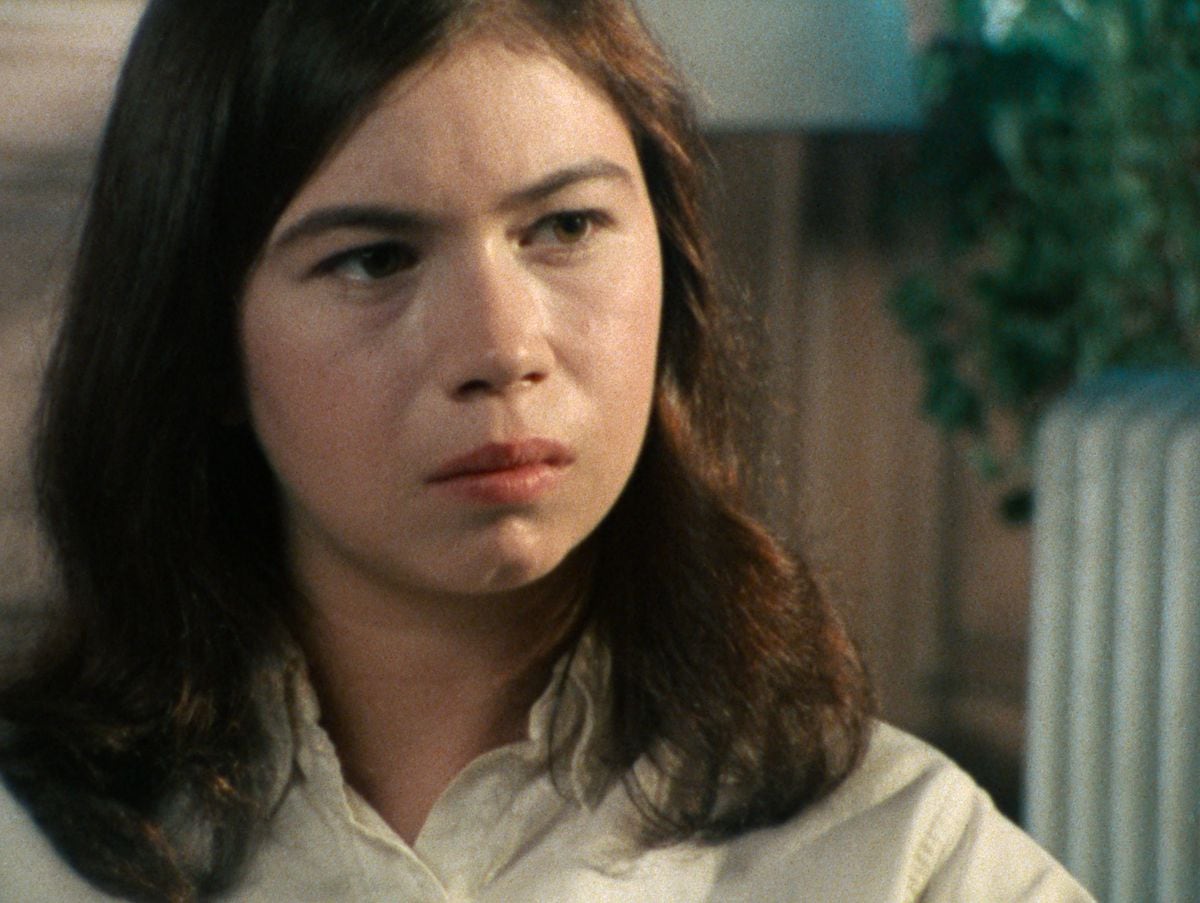'Spanish civil war: burning convents', by Carlos Sáenz de Tejada.
I met Dolores Ibárruri, Pasionaria, in a ruined garden of an abandoned house in the Cercedilla hills, on a Sunday in May 1977. She was sitting in a broken wicker chair, dressed in black with some white lace, wrapped in a hermetic aura . Did not talk. She only seemed to be interested in the way in which the broth of a paella that was being cooked in her tribute was boiling. He had arrived in Spain three days earlier, after 40 years of exile, and on the stairs of the Barajas plane the photographers repeated that photo that they had taken of Ava Gardner so many times, only that Pasionaria did not come down smiling hugging a bouquet of flowers like a diva, but wrapped in a tremendous political expectation in which there was fervor and hatred in equal measure. On a wall of the station in that town in the mountains, with a tar brush,someone had written: "Death to the Passionflower."
More information
'Pasionaria and poetic justice'
Flowers against graffiti on the tombs of La Pasionaria and Pablo Iglesias
'Against hate'
Her secret presence in that ruined garden at the foot of the Seven Peaks of Guadarrama was like that of a virgin who appears to her own, in this case to a group of left-wing artists, intellectuals and professionals. Until that moment he had not uttered a word, he seemed to have his thought elsewhere and no one dared to interrupt his silence. Seeing her so serene and quiet up close, with her hand on her cheek, the memory took me to those desolate post-war nights, when when I was a child around the fireplace I heard terrible facts about this woman. For a moment I remembered the reproductions of the war drawings that were in some old family trunk. They were illustrations by the painter Carlos Sáenz de Tejada and in them it was seen that all the national soldiers were inexorably tall, handsome and brave; instead,the militiamen were grim, rude, poorly shaven, with haunting faces. There was a picture of Dolores Ibárruri,
Pasionaria,
in which someone had painted her in the shape of a she-wolf, with bloody fangs devouring a young Falangist. These images remained in my imagination for a long time, always accompanied by terrible stories that had happened on the Republican side. I could not believe that this wolf was this same tall, elegant old woman, with her white hair tied in a bun, whose face expressed a grim, tired sweetness. Those were those times of the anti-Franco struggle when the left was beautiful.
Finally, after a long silence, Pasionaria gave signs of wanting to speak and when all her devotees around her waited for a political slogan to come out of her mouth with a historical vision before the democratic elections that were to be held on June 15, Suddenly, Pasionaria began to sing with a very temperate voice a romance by
Los Gavilanes
. "Thinking of you night and day / village of my loves / my hope was reborn / my pains were relieved." Then he continued with the zorcico
Maitetxu mía
and there was no way to stop it and although his devotees, among whom I was, we tried to get him to tell us about the Soviet Union, Stalin, Eurocommunism, Adolfo Suárez, the debates with José Calvo Sotelo in Congress during the Republic , she stopped singing and instead of getting into politics began to tell memories of her youth.
The aroma of rockrose corresponded to a political spring in which the country was going to open up to freedom
“I really liked dancing pasodobles,
Spain cañ
í or whatever. In the square of my town there was a bandstand and around it the dance was mounted on Sunday afternoons. There I danced with all the boys. I had a first boyfriend, his name was Miguel Echevarría, I remember him perfectly, a boy from Matamoros, a metallurgical adjuster, very shy, who came across the mountains from his town, on Sundays, to take me out for a walk. It did not last long, because he did not speak at all. If I was silent, he did not speak. One day I told him: 'Don't come back anymore.' I then belonged to the Apostleship of Prayer, I wore a scapular with a Heart of Jesus, here, on my chest, and a cross on my back, no, not every day; only in the festivals, in the novenas, in the processions. Every week I went with the teacher to fix the altar of the Heart of Jesus in the church and I went to confession every Saturday;it was the good thing about that, you could do whatever you wanted, then you would go to confession and take communion, and you were cleared of crime ”.
In that ruined garden they smelled rockrose, whose aroma corresponded to a political spring in which the country was going to open itself to freedom in the first democratic elections. 44 years have passed since that Sunday in May. Who remembers? Those were those times when it was enough to be on the left to feel attractive and intelligent. I wonder if in current Spanish politics the old drawings by Sáenz de Tejada have come out of the trunk again, the right-wing ones again handsome and brave, the left-wing ones again grim and ragged.






/cloudfront-eu-central-1.images.arcpublishing.com/prisa/OANTGMPBGJEHXKFEIVC3F4QCA4.jpg)


